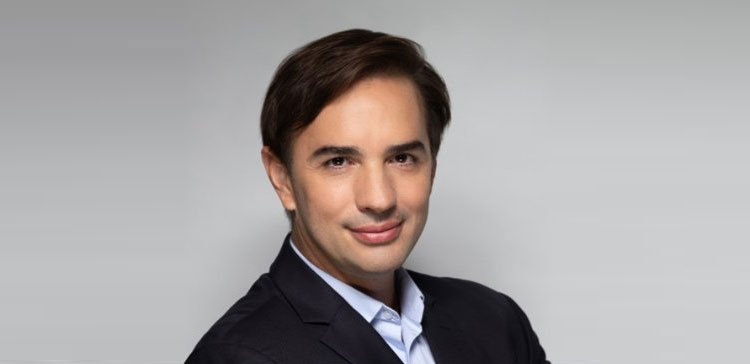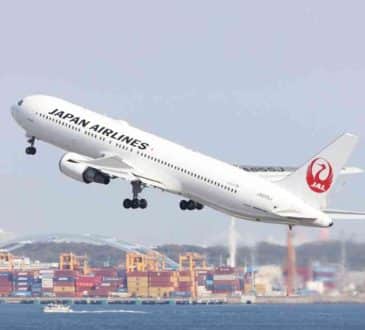Inventors, innovators, pathfinders

Arthur D. Little is a company built on the singular vision and dedication of the man whose name it bears, and his conviction that the application of the scientific method could revolutionize business. However, while Arthur Dehon Little remained the driving force behind the company right up until his death in 1935, he was supported in his endeavour by a team of hugely talented individuals, all of whom were pathfinders in their own right.
When Arthur Dehon Little died in 1935, research guru Earl Place Stevenson succeeded him as President, and quickly set about instilling the company with a more business-like and disciplined culture. Stevenson decentralized the company, establishing divisions according to scientific areas and empowering them to make their own decisions. He also encouraged the company to adopt more innovative ways of working beyond routine analytical jobs.
Stevenson was a formidable research scientist and industrial chemist, with 24 patents to his name. During World War II, Stevenson helped to develop oxygen masks for high-altitude pilots. He was also made chief of the chemical engineering division of the National Defense Research Committee – subsequently, he became chairman of the Ad Hoc Committee on Chemical and Biological Warfare, a US government advisory board that became known as the Stevenson Committee.
One of ADL’s most noteworthy initiatives under Stevenson’s presidentship was Operation Bootstrap in Puerto Rico, where the company created the world’s first multifaceted industrial development program, encouraging investors to transfer or create manufacturing plants in the country. The success of this program made the cover of Time magazine, and it became the international model for economic recovery projects.
Stevenson was succeeded as President by Raymond Stevens in 1956. Although also an experienced chemist, Stevens was primarily a salesman, and was responsible for further broadening ADL’s services beyond that of a chemical and analytical laboratory. Under his direction, the company expanded its operations into consulting on marketing, management and international economic development.
Stevens joined ADL in 1920 and was the first editor of the Industrial Bulletin, a monthly journal for clients focused on thought leadership and emerging industry developments. One such area he helped to move ADL towards was the commercialization of operations research, a new discipline developed during WWII that applied scientific and mathematical techniques to administrative and business operations. Stevens viewed it as way of attracting new clients to the company, and ADL’s subsequent activities in areas such as telecommunications, IT and financial systems can all be traced back to his enthusiasm for operations research. Stevens was also instrumental in developing ADL’s non-hierarchical, entrepreneurial culture, recognizing that innovation often flowed upwards from the bottom of an organization, driven by younger recruits inspired by new ideas.
In 1960, Stevens became chairman of the executive committee and was succeeded as President by James Maurice Gavin. A former US Army Lieutenant General, World War II paratroop veteran, and Commander of the 82nd Airborne Division, Gavin had been on the verge of becoming a four-star general prior to joining ADL.
Gavin raised the company’s profile significantly, not least because of his own personal charisma and “star power”. As Kahn notes in The Problem Solvers, “Gavin’s arrival gave ADL a cachet it had not before enjoyed in that status-conscious community.”
A significant development under Gavin’s presidentship was the launch of the Arthur D. Little Management Education Institute, the first management education program focused exclusively on training business managers from developing countries. Design milestones during his time in office included the NASDAQ stock exchange system, key experiments for the Apollo moon landing, and the word processor.
John Magee became the company’s President in 1972, and its CEO in 1974. Magee had joined ADL in 1950 as a 23-year-old Harvard math graduate, specifically to work on the operations research project that Raymond Stevens had initiated. Magee was a down-to-earth figure who favored a non-hierarchical, collaborative approach to business, which he once boldly characterized as a “lack of respect for authority.” Magee was also the author of The Decision Tree (1964), a seminal guide to the visualization of the decision-making process in business.
One area of work that became increasingly important for ADL during Magee’s presidentship was environmental safety, which he described as the third major part of the company’s business, alongside management services and technology development. Increasingly, clients approached ADL to help them understand the third-party effects that their activities had on the world, and how to manage and control them.
By the 1980s, Magee had steered the company to face an increasingly technological future, with ADL’s primary focus now telecommunications, electronics, financial industries and biotech. ADL has been at the cutting edge of technology and innovation throughout its history, so it’s no surprise that the company has employed and nurtured many visionaries and inventors over the years.
Working predominantly in the area of space research and technology, Peter Glaser is one such figure. Joining in 1955, Glaser spent nearly all of his professional life at ADL. His most audacious and far-reaching proposal was for the development of solar power station satellites that could convert sunlight into microwave energy and transmit it back to earth. With climate change and sustainability now driving government and business policy, and with carbon-neutral solutions sought to provide clean energy, it’s an idea whose time may yet come.
ADL was also renowned for its expertise in food science and flavor classification based on its background in chemical analysis. Perhaps the company’s most celebrated taste and flavor expert of more recent times is Pamela Low. In the early 1960s, she was asked to develop the flavor for a new cereal from Quaker Oats. Taking inspiration from the butter and brown sugar sauce that her grandmother would serve over rice when she was a child, Low came up with a coating that had what she described as the “want-more-ishness” factor – and so Cap’n Crunch cereal was born.
Although ADL was founded in Boston, Massachusetts, and the first few decades of its success were based on working with predominantly American clients, the company quickly expanded into international territories in the post-war period, and today has its global HQ in Brussels, Belgium, with over 40 offices worldwide. Two figures in ADL’s history who were particularly important in the company’s overseas development are Harland Riker and Kamal Saad.
Riker was the driving force behind the company’s pioneering management training program for emerging business leaders from Africa – this grew into ADL’s Management Education Institute, which eventually became the HULT International Business School. During his more than three decades at ADL, Harland led the company’s international expansion in Europe, the Middle East, Latin America and Asia. He became President of ADL International in 1984.
Saad joined ADL in June 1966 and spent 32 years at the consultancy in a wide variety of roles across Europe and the Middle East, helping shape the company during the 1970s and 1980s. He was instrumental in developing ADL’s reputation for leadership in innovation, including co-authoring the seminal book, Third Generation R&D (1991). This described how to break down organizational barriers that traditionally isolated R&D from the rest of the company and ensure that R&D projects matched corporate goals.
ADL has also been at the forefront of management theory and new ideas around business organization. One of its brightest stars in this field is Peter Scott-Morgan, an expert in systems analysis and change management who wrote the book The Unwritten Rules of the Game (1994), an acclaimed and influential account of the hidden inner workings of both organizations and society.
Scott-Morgan is a pioneer in other ways too. He and his partner, Francis Scott-Morgan, made history in 1993 by being formally accepted as an unmarried couple entitled to unlimited independent travel in and out of the USA, despite being the same gender. Thanks to ADL and its lawyers, this arrangement set a legal precedent and precipitated a change in US Immigration policy. Peter and Francis made history again in 2005 when they became one of the first gay couples to legally enter into a civil partnership following a change in English law.
Despite being diagnosed with motor neurone disease in 2017, Scott-Morgan has drawn on his knowledge of robotics and AI to not only survive his condition, but, in his own words, “to thrive”. He has launched the Scott-Morgan Foundation, an alliance of corporations and experts, to advance his vision of technological and human synergy, and also recently published a critically acclaimed memoir, PETER 2.0: The Human Cyborg.
ADL continues to nurture and employ exceptional people from around the world, whose talents are helping to shape the future direction of the company. Everyone is from a different background, yet they all share the same characteristics as the pathfinders before them: an entrepreneurial outlook; a disruptive, non-hierarchical attitude; a passion for invention and the “next thing”; and perhaps most importantly, a can-do, down-to-earth approach to working with both their clients and their colleagues.
Written by Etienne Brumauld des Houlières.
Add CEOWORLD magazine to your Google News feed.
Follow CEOWORLD magazine headlines on: Google News, LinkedIn, Twitter, and Facebook.
This report/news/ranking/statistics has been prepared only for general guidance on matters of interest and does not constitute professional advice. You should not act upon the information contained in this publication without obtaining specific professional advice. No representation or warranty (express or implied) is given as to the accuracy or completeness of the information contained in this publication, and, to the extent permitted by law, CEOWORLD magazine does not accept or assume any liability, responsibility or duty of care for any consequences of you or anyone else acting, or refraining to act, in reliance on the information contained in this publication or for any decision based on it.
Copyright 2024 The CEOWORLD magazine. All rights reserved. This material (and any extract from it) must not be copied, redistributed or placed on any website, without CEOWORLD magazine' prior written consent. For media queries, please contact: info@ceoworld.biz
SUBSCRIBE NEWSLETTER








